Recognizing Signs of Wear on Commercial Rolled Roofs
Commercial rolled roofing systems represent a significant investment for business owners, making regular monitoring and maintenance essential for maximizing their lifespan.
Commercial rolled roofing systems represent a significant investment for business owners, making regular monitoring and maintenance essential for maximizing their lifespan. Understanding the common indicators of deterioration allows property managers to address potential issues before extensive damage occurs. Professional roofing contractors command the expertise to identify these warning signs and implement appropriate solutions.
Surface Deterioration Patterns
The uppermost layer of rolled roofing materials often exhibits the first signs of aging and wear. Continuous exposure to ultraviolet rays, precipitation, and temperature fluctuations can lead to surface degradation. Small cracks or alliterating patterns might appear across the membrane, indicating the material's protective properties have begun to diminish. Regular professional roof inspections help identify these early warning signs before they progress to more serious issues.
Membrane Separation and Lifting
Wind forces and thermal cycling can cause rolled roofing membranes to separate from the substrate or lift at the seams—observable ripples or bubbles in the roofing material signal potential adhesion failures. Commercial roofing experts can evaluate the extent of separation and determine whether repairs or partial replacement become necessary. Promptly addressing membrane separation prevents water infiltration and damage to the building's interior.
Water Pooling Concerns
Proper drainage remains crucial for maintaining rolled roof integrity. Areas of standing water, particularly those lasting more than 48 hours after precipitation, indicate potential low spots or drainage system problems. Commercial roof repair specialists can assess the underlying causes of water accumulation and recommend appropriate solutions, such as improving the slope or installing additional drainage features.
Flashing and Edge Detail Issues
The points where rolled roofing meets walls, vents, or other protrusions require special attention. Deteriorating flashing materials or separated edge details create vulnerable areas for water entry. During inspections, professional roofers evaluate these critical junctions and can implement repairs using appropriate commercial roofing techniques and materials.
Interior Warning Signs
While exterior inspections prove valuable, signs of roof problems may first appear inside the building. Watermarks on ceiling tiles, unexplained musty odors, or increasing energy costs might indicate compromised roofing integrity. Commercial roof installation professionals can correlate interior symptoms with exterior conditions to pinpoint problem areas requiring attention.
Seam Separation
The seams between rolls of roofing material represent potential weak points in the system. Age and weather exposure can cause these joints to separate or deteriorate. Regular examination by qualified commercial roofing contractors helps identify problematic seams before significant leaks develop. Professional repair techniques can restore seam integrity and extend the roof system's service life.
Impact Damage Assessment
Severe weather events, falling branches, or maintenance foot traffic can puncture or tear rolled roofing materials. While some damage appears obvious, subtle impacts might compromise the roofing system without immediate visible signs. Professional roof repair services include thorough damage assessments following severe weather or reported impacts.
Aging Material Characteristics
Different types of rolled roofing materials exhibit unique aging patterns. Modified bitumen, EPDM, and TPO systems respond differently to environmental exposure over time. Understanding these material-specific deterioration signs allows roofing professionals to recommend appropriate maintenance and repair strategies. Commercial roofing expertise includes knowledge of various material lifecycles and optimal intervention timing.
Preventive Maintenance Strategies
Implementing a proactive maintenance program helps identify potential issues before they escalate into major problems. Professional roofing contractors can establish customized inspection schedules based on roof age, local climate conditions, and specific building requirements. Regular maintenance extends roof system longevity and protects the underlying structure from water damage.
UV Damage Evaluation
Prolonged sun exposure affects rolled roofing materials in various ways. Surface crazing, material shrinkage, or color changes indicate UV-related deterioration. Commercial roof repair specialists can evaluate the extent of UV damage and recommend appropriate protective measures or repairs. Understanding local climate patterns helps predict potential UV-related issues.
Environmental Impact Factors
Local environmental conditions significantly influence rolled roof deterioration rates. Areas with high pollution levels, salt exposure, or extreme temperature variations may experience accelerated aging. Professional roofers consider these environmental factors when assessing roof conditions and planning maintenance strategies. Regional expertise proves valuable for predicting potential problems based on local conditions.
Documentation and Planning
Maintaining detailed records of roof conditions, repairs, and maintenance activities supports long-term asset management. Professional roofing contractors provide comprehensive documentation of their findings and recommendations. Regular monitoring allows property managers to effectively plan for future repairs or replacement needs.
Expert Intervention Timing
Understanding when to seek professional assistance prevents minor issues from developing into major problems. Commercial roofing specialists offer emergency repair services and can quickly respond to urgent situations. Building relationships with qualified contractors facilitates prompt attention when roof problems arise.
Advanced inspection technologies and professional expertise combine to provide comprehensive rolled roof assessments. Regular monitoring by qualified commercial roofing contractors helps identify potential problems early, supporting cost-effective maintenance strategies. Property managers partnering with experienced roofing professionals maintain their building assets more effectively and avoid unexpected repair expenses. Protecting commercial rolled roofing investments requires ongoing vigilance and appropriate professional intervention when warning signs appear.
Irish Roofing Company provides Scottsdale with roof inspection, installation, sealing and repair. We offer shingle services, tile roof services, flat roof services, roof cleaning, roof inspection, roof installation, leak repair, roof recovering, roof repair, roof sealing, skylight installation and replacement, and wood shake services for commercial and residential customers.

